Guarana is a very well tolerated and natural source of energy. At the same time, the plant substance has a slightly antipyretic and antibacterial effect. The substance is offered for consumption in numerous products.
Occurrence and cultivation of guarana

The guarana grows like a bush or in the form of a liana. In its region of origin, the entire Amazon basin, it can reach a height of up to 12 meters. It is now also grown in other South American countries. The brownish hairy bark becomes increasingly wooden and bare.
Their alternate leaves are 20 to 30 cm long and up to 9 cm wide. The guarana plant only develops flowers sporadically. These bundle up like grapes or tendrils. The resulting fruits are capsule-like and take on an orange-red color when ripe. These measure 2 to 3 cm in length. The developed fruits are carriers of caffeine.
The capsules partially open and contain few seeds. These are green in color and bordered by a white seed coat, the so-called aril. The seed and seed coat look like a watchful eye. Because of this phenomenon, the guarana is an integral part of numerous myths of the American indigenous population.
Effect & application
In the countries of the original occurrence of the guarana plant, it is used in a variety of ways. Guarana has been consumed there for several centuries, mainly in powder form and processed into pastes. The ground seeds are now preferably added to soft drinks and energy drinks. The exotic liana plant is becoming increasingly popular in Europe. The bitter taste is balanced by adding honey.
In addition to proteins, fats and starch, the seeds contain numerous other phytochemicals. The amount of caffeine is particularly important. It measures 7 percent, which is three times the amount of caffeine in ground coffee beans. In contrast to coffee, guarana is better tolerated by the human organism. It is gentler in its effect, especially on the mucous membranes.
Because, in addition to caffeine, guarana seeds contain a high proportion of tannins (25 percent). Before the body can absorb the caffeine, it has to break down the tannins. This slows down the process of caffeine absorption. The stimulating substance remains in the organism for up to six hours. The duration of action of the substance is just as comprehensive.
In addition, guarana promotes the ability to concentrate, mental and physical performance and reduces feelings of hunger and thirst. Thus, Guarana is advertised for performance and learning stress situations as well as for weight loss. At the same time, guarana does not effectively increase the real performance of the body, but rather belies the limits. It is a stimulating, drug-like substance that briefly stimulates the body to use more force.
The slightly bitter-tasting seeds of the guarana plant, ground to a powder, can be mixed with liquids or other stir-fry foods. The powder is mostly advertised in capsule form or as a tablet in the field of dietary supplements.
Drinking ampoules are also available from retailers. Furthermore, chewing gum, sweets or fitness drinks can be purchased. The substance is also added to tea. Due to the stimulating effect and already traditional use to increase potency, guarana is also added to lubricating gels.
Importance for health, treatment & prevention
The powder has a stimulating and vitalising effect, at the same time lowers fever and is diuretic. It stimulates breathing, the cardiovascular system and the muscles. Guarana has an astringent effect. This results in areas of application from headaches to migraines as well as general weaknesses and loss of performance. It is also used for weight loss, as guarana bridges feelings of hunger and thirst. Guarana can also be addictive due to the stimulating effects of caffeine.
In its traditional use for body care and as a medicinal plant, the duration of use is limited. The Indian tribes use guarana mainly on their hunting trips. In order to provide yourself with short-term energy, a paste is made and shaped into a loaf of bread. Long-term consumption is not intended, but should be used in moderation for health. Side effects of guarana are possible and result from the high caffeine content. The symptoms are similar.
Excessive consumption of guarana can cause sleep problems, headaches, anxiety, tachycardia, tremors and muscle pain. Diarrhea problems are also known. By reducing the feeling of hunger and, above all, thirst, it is important to ensure that there is sufficient fluid intake. There is a risk of dehydration, especially in warm ambient temperatures. This becomes dangerous in physically demanding situations.
Guarana is therefore not recommended for pregnant and breastfeeding women. The same applies to children, people with high blood pressure and hyperthyroidism as well as people who cannot tolerate caffeine or tea. A daily intake of 3 g guarana powder is classified as harmless to health. A solution of this amount in water corresponds approximately to a caffeine content of 150 mg.
This would be equivalent to consuming around 3 cups of coffee. A maximum daily intake of between 1 and 2 g is recommended. When using guarana powder, adhering to the recommended dosage is more difficult than with capsules or tablets. In the event of an overdose, doctors recommend drinking plenty of water.

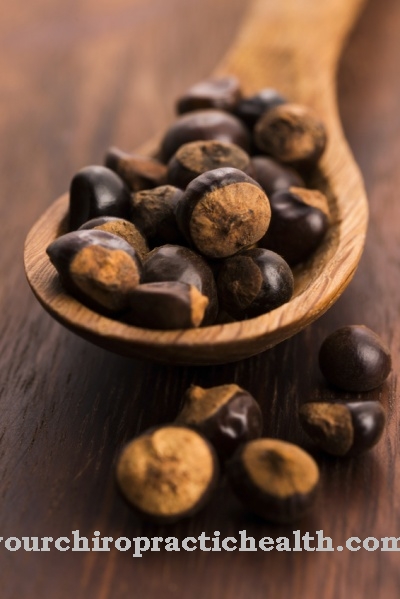
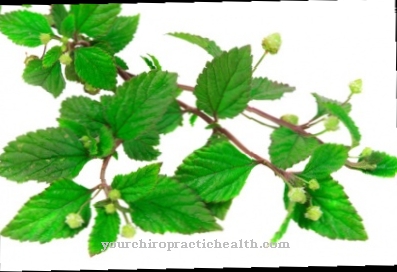

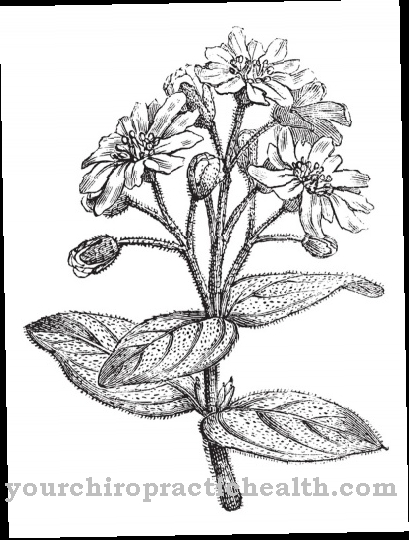
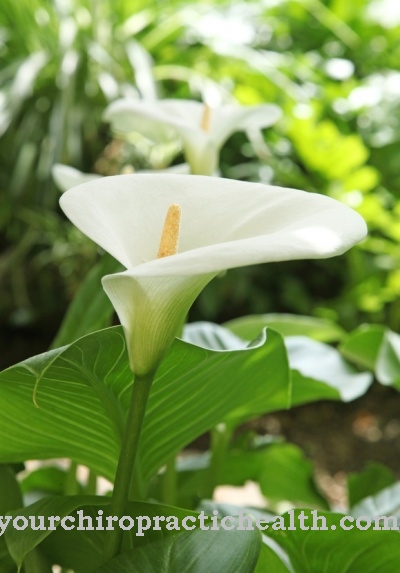
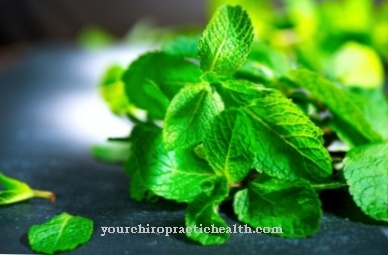





.jpg)



.jpg)










.jpg)
